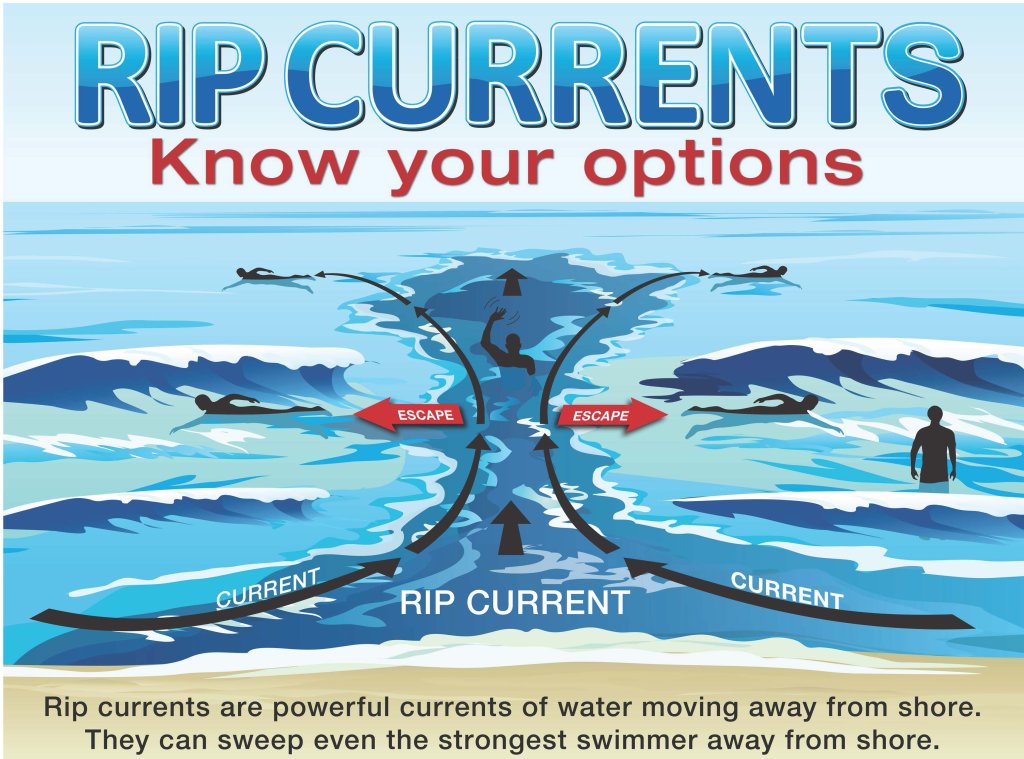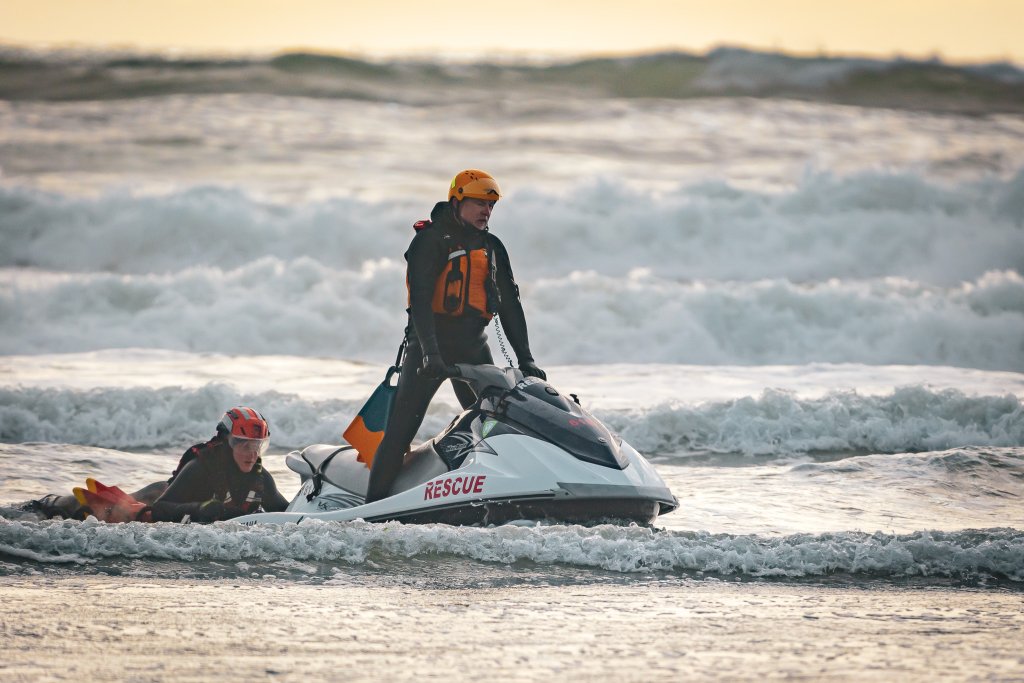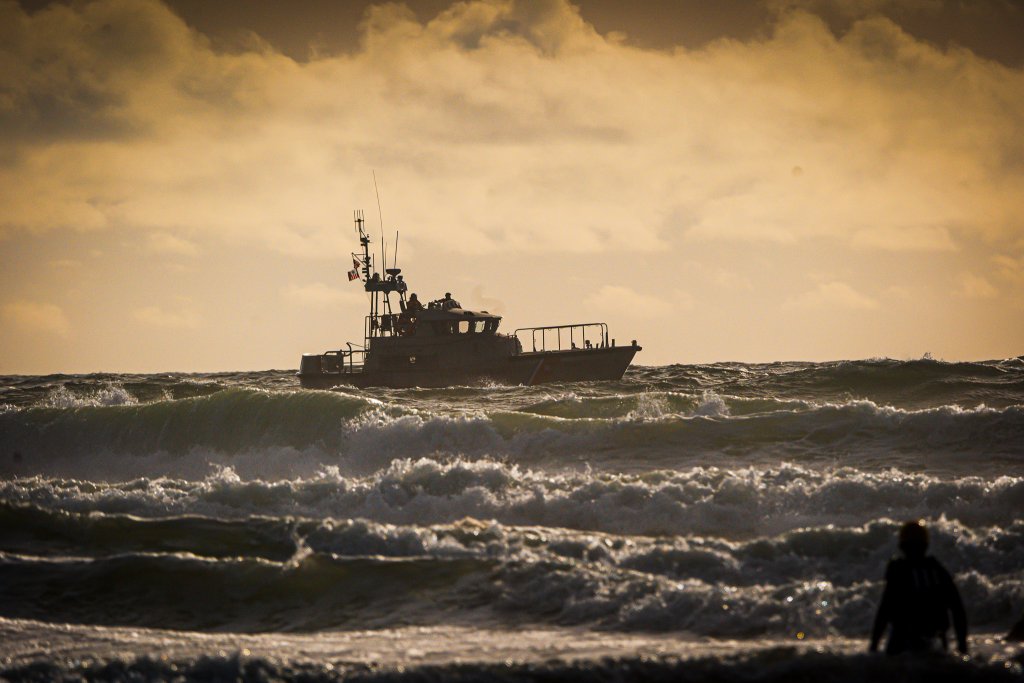Washington’s Evergreen Coast offers some of the most scenic and wild beaches in the Pacific Northwest. But behind the beauty of its wide, windswept shores lies one of the most dangerous natural hazards for beachgoers: rip currents. These fast-moving currents can quickly sweep even experienced swimmers out to sea. Understanding this risk is essential for anyone visiting or living near the coast.
What Are Rip Currents?

Rip currents are strong, narrow streams of water that flow rapidly away from the shore. They typically form in breaks between sandbars or near structures like jetties and piers. From the beach, a rip current can appear deceptively calm or darker than surrounding water, but beneath that calm surface is a powerful force pulling seaward. These currents move faster than an Olympic swimmer and can overpower anyone caught off guard.
Why Rip Currents Are Especially Dangerous on Washington’s Evergreen Coast

Ocean conditions along the Long Beach Peninsula and greater Evergreen Coast are uniquely hazardous. Unlike many coastal destinations, Washington’s beaches do not have lifeguards on duty. The geography of the area—including steep underwater drop-offs, shifting sandbars, and strong wave action—creates unpredictable surf that is particularly treacherous. These factors make swimming in the ocean here especially dangerous, and it’s why authorities consistently advise against entering the surf.
How to Identify a Rip Current
Rip currents are not always easy to spot, but certain visual cues can help. Watch for unusual gaps in breaking waves where the water seems calmer or deeper. You may notice foam, seaweed, or debris steadily moving out to sea in a narrow band. The water in a rip current can also appear more turbulent or choppy than the surrounding surf. While these signs can help, rip currents are often invisible until you’re in them, which is why prevention and awareness are critical.
What to Do If You’re Caught in a Rip Current

Know before you go. If you find yourself being pulled away from shore by a rip current, the most important thing is to stay calm. Don’t try to swim directly against the current, as this will quickly exhaust you. Instead, allow the current to carry you out while conserving energy, then swim parallel to the shoreline to escape the flow. If you’re too tired to swim, float on your back to stay above water and signal for help by waving and shouting. Once you’re out of the current, swim diagonally back toward shore. If you see someone else caught in a rip current, do not enter the water to rescue them unless you are trained in ocean rescue techniques. Instead, call 911 and throw them a flotation device if available.
General Beach Safety Tips on Washington’s Evergreen Coast

The best way to stay safe is to avoid ocean swimming entirely. The cold, rough waters of the Pacific Ocean along Washington’s coast are not suitable for casual recreation. Always keep an eye on the surf, and never turn your back to the waves—unexpected sneaker waves can knock people down and drag them into the sea. Children should always stay within arm’s reach when near the water. Wearing bright-colored clothing can improve visibility and make it easier for others to spot you on the beach. Before heading out, check local tide charts and surf conditions to avoid dangerous surprises.
Respect the Ocean, Enjoy the Shore
The power of the Pacific Ocean demands respect. On Washington’s Evergreen Coast, taking a cautious and informed approach to surf safety helps protect not just individuals, but entire communities of beachgoers. By staying out of the water and enjoying the coastline from a safe distance, you can still soak in the region’s natural beauty without putting yourself or others at risk.
To learn more about rip current safety, visit weather.gov/safety/ripcurrent.






